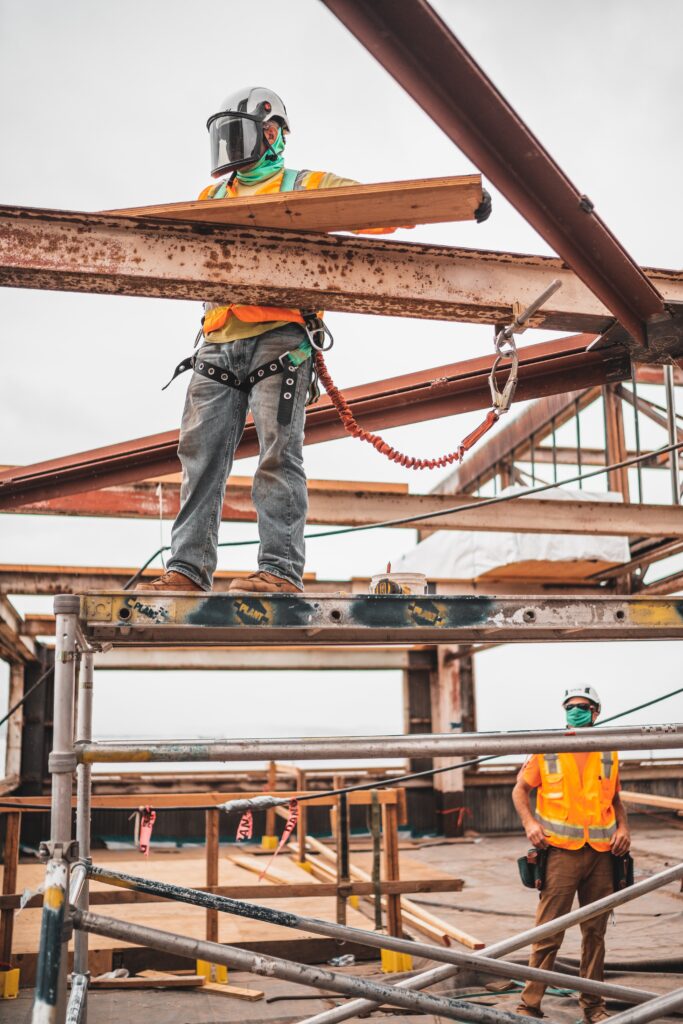
As the world moves towards renewable energy, one of the most important challenges is to ensure that all communities have access to reliable and affordable energy, including those in rural areas. Microgrids are one solution to this challenge, as they can provide energy to rural communities even when the traditional grid is down.
A microgrid is a small-scale power grid that can operate independently or in coordination with the larger power grid. They consist of a combination of renewable energy sources, such as solar and wind, as well as energy storage systems and diesel generators. Microgrids can be connected to the traditional grid when it is available, but can also operate independently when the grid is down, such as during power outages or natural disasters.
One of the key benefits of microgrids is their ability to provide energy to rural communities that are not connected to the traditional power grid. According to a study by the National Renewable Energy Laboratory, there are over 44 million people in the United States who do not have access to the traditional power grid. Microgrids can provide these communities with access to clean and reliable energy, which can improve their quality of life and support economic development.
Another benefit of microgrids is their ability to provide energy at a lower cost than traditional power grids. According to a study by the National Renewable Energy Laboratory, the levelized cost of energy (LCOE) for microgrids is often lower than the LCOE for traditional power grids, particularly in remote and rural areas. This is because microgrids can take advantage of local renewable energy resources, such as solar and wind, which can reduce the cost of energy.
In addition, microgrids can also improve energy security by reducing the dependence on fossil fuels and decreasing the vulnerability to power outages. According to a study by the National Renewable Energy Laboratory, microgrids can reduce the dependence on fossil fuels by up to 80% and decrease the vulnerability to power outages by up to 90%. This can provide communities with a more resilient and sustainable energy system.
In conclusion, microgrids are a powerful solution to the challenge of providing reliable and affordable energy to rural communities. They can provide energy to communities that are not connected to the traditional power grid, reduce the cost of energy, and improve energy security. As the world moves towards renewable energy, microgrids will play an increasingly important role in ensuring that all communities have access to clean and reliable energy.

